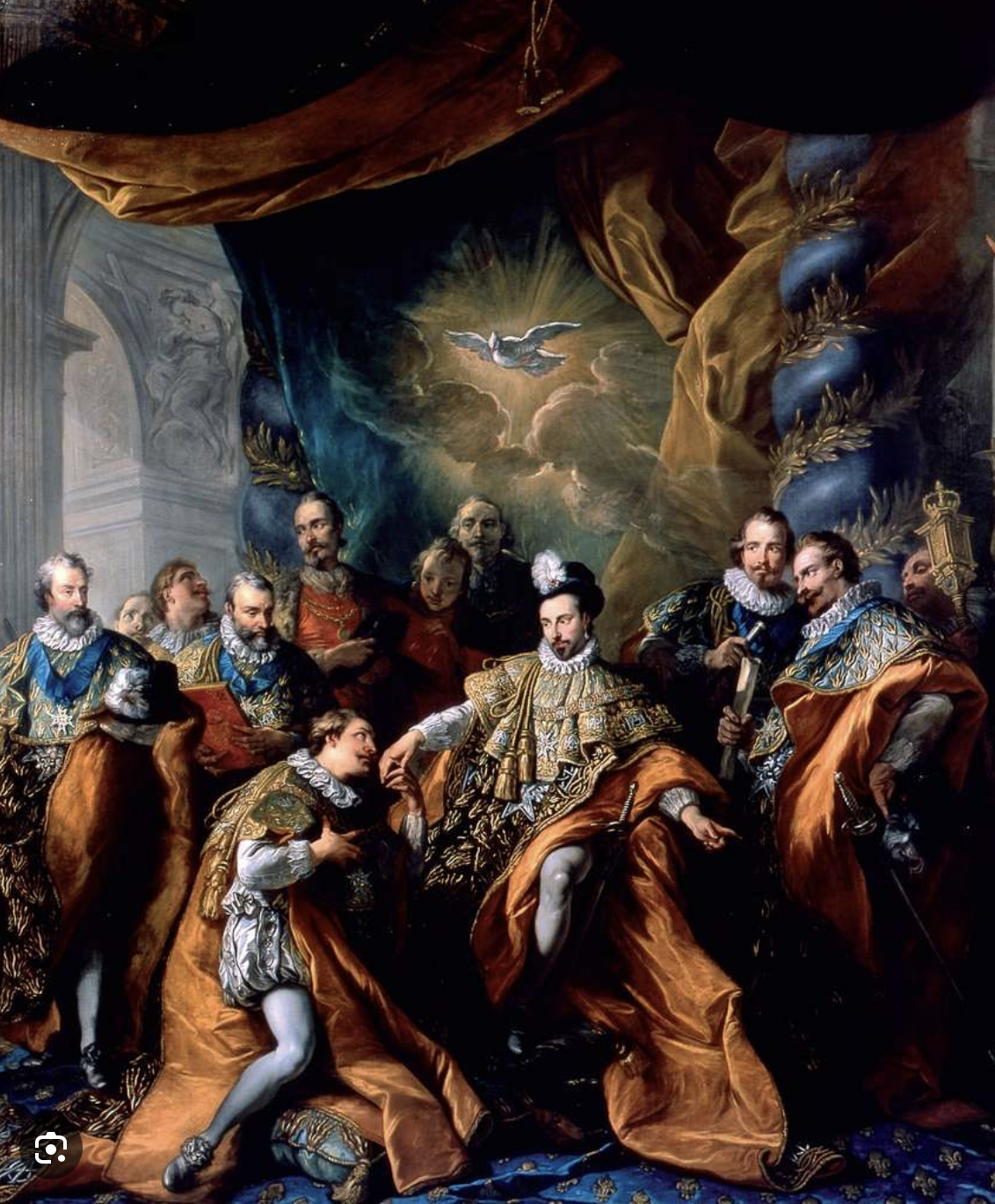
The Enigmatic King Henri III: A Tale of Love, Obsession, and the Court of Mignons
by Christy Destremau
There is nothing I love more than seeing the faces of my guests light up as I make the castles come alive with the history and tales of love and lust that lived and breathed within their walls… It allows them to instantly transport themselves to a different time when many souls walked the halls of these historical castles and had their rich, fascinating, and sometimes very sordid lives! Walk with me now to the late 16th century as I recount the story of a captivating man plagued by failed quests for love and a need for constant attention.
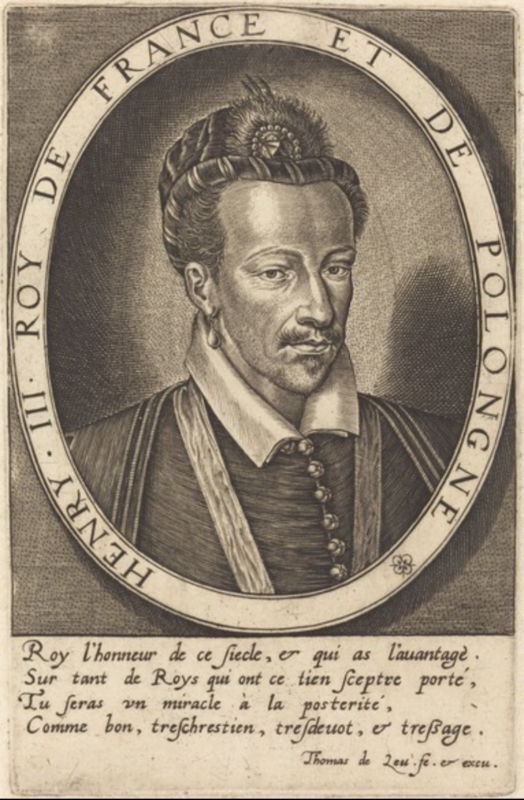 In the archives of history, there are figures whose lives are as enigmatic as they are fascinating. One such figure is France’s King Henri III, the last king from the house of Valois, whose eccentricities and obsessions left an indelible mark in French history. As the last surviving son of King Henry II and Catherine de Medici, Henri, Duc d’Anjou, ascended to the throne as Henri III in 1574 following the death of his older brother, Charles IX. Henri’s reign was characterized by opulence nourished by his infatuation with a series of influential women and his controversial “court of mignons.” Let’s embark on a journey through the captivating and tumultuous world of Henri III, delving into his romantic escapades and the events that shaped his legacy.
In the archives of history, there are figures whose lives are as enigmatic as they are fascinating. One such figure is France’s King Henri III, the last king from the house of Valois, whose eccentricities and obsessions left an indelible mark in French history. As the last surviving son of King Henry II and Catherine de Medici, Henri, Duc d’Anjou, ascended to the throne as Henri III in 1574 following the death of his older brother, Charles IX. Henri’s reign was characterized by opulence nourished by his infatuation with a series of influential women and his controversial “court of mignons.” Let’s embark on a journey through the captivating and tumultuous world of Henri III, delving into his romantic escapades and the events that shaped his legacy.
Henri III’s personality was as complex as it was flamboyant. He was known for his love of luxury, refined tastes in art and fashion, and penchant for extravagant displays. However, beneath the veneer of opulence lay a man plagued by insecurities and driven by a relentless pursuit of love and affection. His relationships with women such as Marie de Cleves, Renee de Rieux, Charlotte de Sauve, and Louise de Vaudemont intensified his increasingly eccentric behavior and growing femininity, contributing to his tumultuous reign.
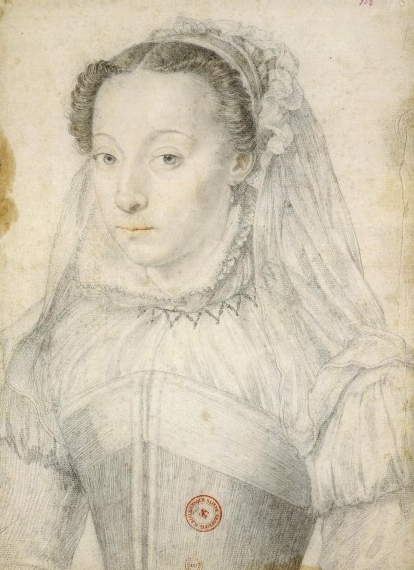 Henri III’s Obsession with Marie de Cleves
Henri III’s Obsession with Marie de Cleves
Henri III’s infatuation with Marie de Cleves was the stuff of legend. The king’s obsession with her beauty and intellect knew no bounds, and he spared no expense in showering her with gifts and attention. While summoned to Poland to reign as King of Poland during his older brother Charles IX’s reign as King of France, he spent much of his days writing Marie love letters that went unanswered, contributing to his growing obsession with her. Upon Charles IX’s death, Henri’s mother, Catherine de Medicis, called him home to France. Henri exploited his brother’s death, using it as an excuse to flee Poland to be with Marie. But instead of returning home as expected to attend to his responsibilities as the new French king and pursue his love for and possible marriage with Marie, the object of his obsession, he used the money his mother provided for his return to set out for Italy, where he dove into a pool of promiscuity until he was broke. When Henri finally returned to France months later, he learned of Marie de Cleves’ death, sending him into a downward spiral. His mental state deteriorated in the wake of her death, leading to erratic behavior, a growing sense of isolation, and declining physical health.
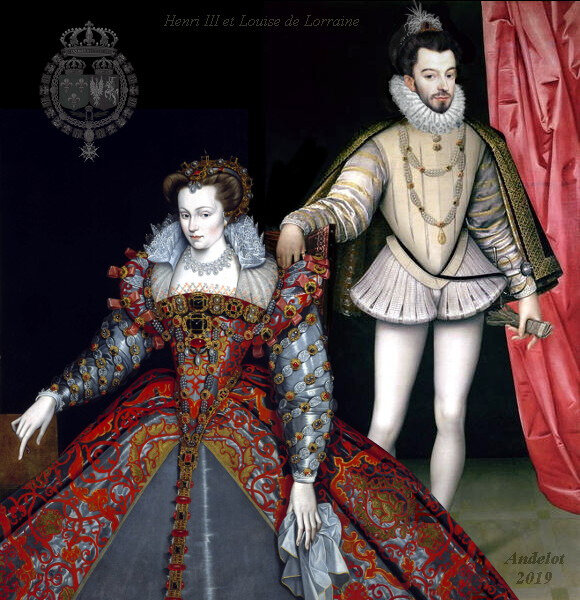 Accepting to Marry Louise de Lorraine-Vaudemont
Accepting to Marry Louise de Lorraine-Vaudemont
But after months of mourning Marie’s death, Henri fell into amorous ways once more and sought solace in the arms of Renee de Rieux, whose wit and charm captivated him. Charlotte de Sauve, a lady-in-waiting to his mother, also held an irresistible sway over the king, becoming his confidante and lover. However, his love affairs would not be tolerated by his mother. Catherine de Medicis took drastic measures to remove Renee de Rieux from her son’s life by disgracing her from the French court to ensure his marriage to Louise de Vaudemont. Henri III hesitantly agreed to marry Louise, who supposedly resembled Marie de Cleves. But their marriage was simply one of political convenience rather than love, orchestrated to secure the succession and consolidate his mother’s power.
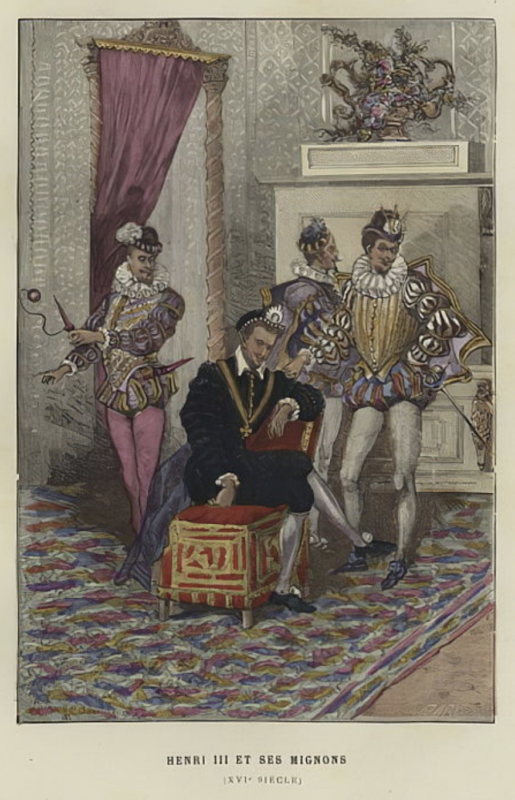 Henri III and His “Mignons”
Henri III and His “Mignons”
The lingering effects of the death of Marie de Cleves and the complexities of his later romantic entanglements before his marriage to Louise de Vaudemont fed his growing eccentric behavior. In 1576, a year after his coronation and wedding ceremony to Louise in Reims, Henri established his infamous court of mignons, a group of young noblemen who held his favor and affection and served as his personal source of ego validation. These mignons, known for their extravagance and influence, drew both admiration and scorn from the French court and common people, further adding to the intrigue surrounding Henri’s reign. The young noblemen who comprised Henri’s court of mignons held a unique position and played a significant role in shaping his personal life and political decisions and calming his insecurities.
The term “mignon” translates to “dainty” or “darling” in French, and it was used to describe a select group of young courtiers who held a special place in Henri’s affections. The mignons were known for their youth, beauty, and charm, and they were often chosen by the king for their physical attractiveness and ability to provide companionship, entertainment, and emotional support. Henri’s decision to surround himself with mignons can be attributed to various factors. As a monarch who faced considerable political challenges and personal turmoil, Henri sought solace and emotional fulfillment in the company of these young men. The mignons provided him companionship, loyalty, and a sense of emotional security, offering a respite from the complexities and demands of courtly life. One of their principal and moral responsibilities included reminding the king how magnificent he was. These favored companions became the center of Henri’s world, and their influence over the king and the court was met with widespread criticism and condemnation. Henri’s court of mignons was seen as a symbol of decadence and moral decay, further alienating him from the nobility and the people. Their influence over political affairs and their privileged status at court led to resentment and opposition from other noble factions, contributing to the factionalism and intrigue that characterized Henri’s reign. Henri III went down in history as the least popular king of France, frivolously spending more money on opulence than any other king in French history. Yes, even more than Louis XIV.
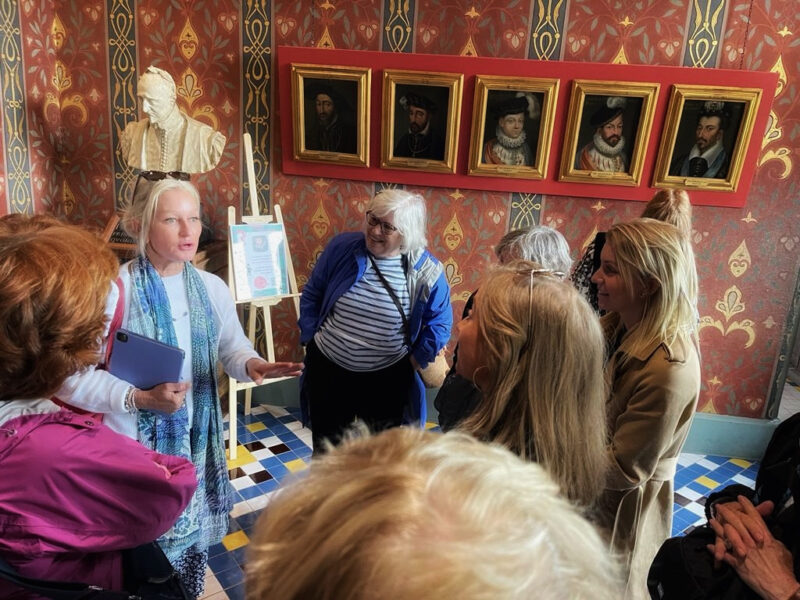 At France Off the Beaten Path Tours, we are passionate about delving into the steamier side of French history and sharing unique, immersive experiences during our Loire Valley tours. Our itineraries are crafted to provide you with a behind-the-scenes look at the intriguing stories and untold tales that shaped the history of this iconic region. Through our connections with local chefs, wine-makers, artists, and artisans, we combine this captivating side of French history with personalized time with our local French friends to create a truly authentic and immersive journey through the Loire Valley.
At France Off the Beaten Path Tours, we are passionate about delving into the steamier side of French history and sharing unique, immersive experiences during our Loire Valley tours. Our itineraries are crafted to provide you with a behind-the-scenes look at the intriguing stories and untold tales that shaped the history of this iconic region. Through our connections with local chefs, wine-makers, artists, and artisans, we combine this captivating side of French history with personalized time with our local French friends to create a truly authentic and immersive journey through the Loire Valley.
- Check out our 2024 Schedule of Tours – Click Here to View 2024 Tour Dates
- Contact us at christy@traveloffthebeatenpath.com to request space availability and/or ask questions.
- Check out our LIMITED EDITION TOURS to Egypt, Champagne, and Normandy here!



